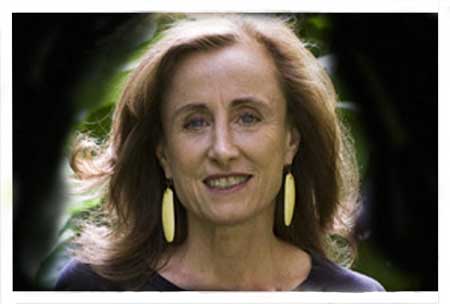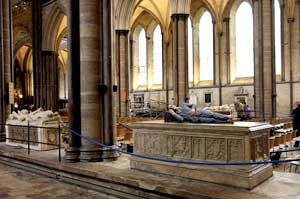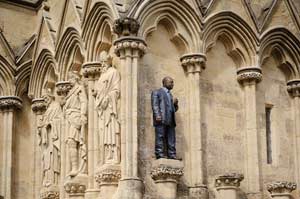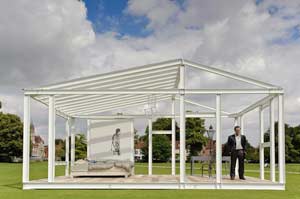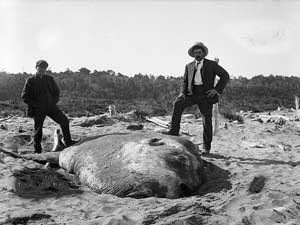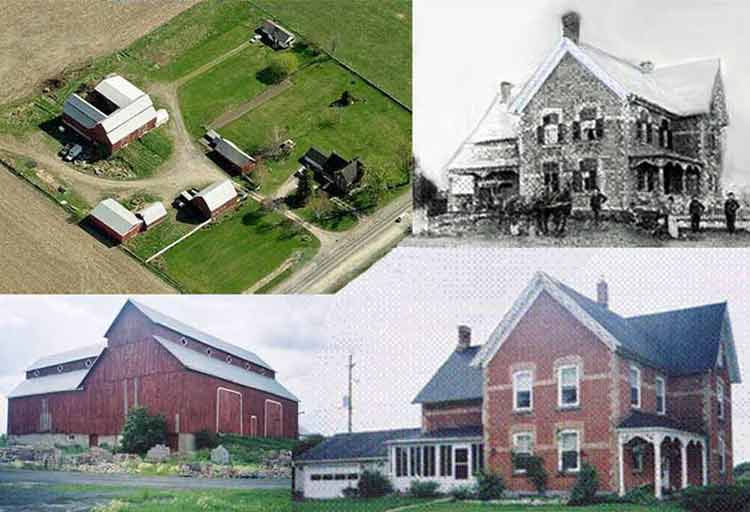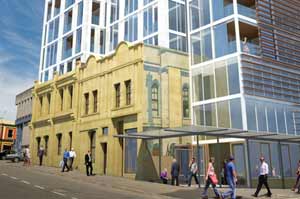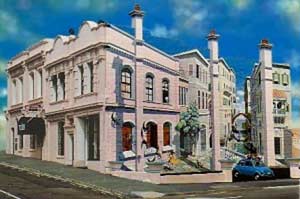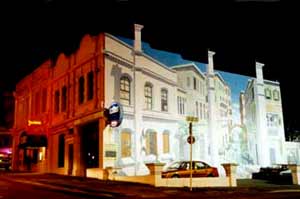It’s hard to strike just the right balance between the need to preserve heritage sites and the rights of individuals. Take the case of the Bradley/Craig homestead. Built on Ottawa land originally settled by Joshua Bradley in 1821, the family became community leaders and their farm a model for dairy farms across the region. The Gothic Revival-style farmhouse (built by Joshua’s grandson in the 1870s, replacing the original log house) has many features such as white brick voussoirs, stringcourses, and quoins, a steeply pitched gable roof, bargeboard trim in the gable ends, verandas, and roof. The entrance displays high craftsmanship including the original front door with sidelights and elliptical transom of blue and purple glass. The monitor-roofed barn, built in 1873, illustrates improvements in farming techniques and the evolution of farm buildings in the late 19th century; as the scale of farms increased, larger timber-framed barns incorporated labour-saving innovations such as ramps for unloading hay, and rope and pulley systems for moving the hay into the “mow” for storage. A local builder, John Cummings, with the help of apprentices and neighbouring farmers, built the barn. Cummings was a prominent craftsman and this is the last known example of a barn built by him. It has a stone foundation, purlin frame with knee wall, mortise and tenon joinery, and diamond-shaped clerestory windows. The lower level contains stables and a milking parlour while the upper level has a threshing floor. The last family member to farm it, Eldon Craig, married a descendant of Joshua Bradley, the original settler; Craig farmed from the 1940s until 2006. The garage attached to the house, later additions to the original barn, and the separate house and outbuildings are not included in the heritage designation, just the farmhouse, barn and farmyard. In 2006, the property (including 126 acres) had been sold to a developer for over $10 million. (Housing developments encroach on all sides.) The buyer allowed the farmer and his wife to continue living on the farm as long as they wanted. A year after the sale, the new owner was sent notification that the Ottawa City Council was “interested” in a heritage designation; the buyer didn’t respond. Nothing else was said until the farmer, due to age and ill health, moved out. The city then “initiated the designation of the complex to ensure its protection for future generations.” The new owner didn’t object to the house being so designated, but did the huge barn as that seriously restricted his options and plans. A compromise is being researched: the preserved barn could double as a winery, theatre, restaurant and the like. The developer has hired a conservation architect. Apparently, he can afford to. But what if he couldn’t? What then? Striking that balance isn’t always easy. Too much heritage retards growth and restricts individual rights; too little can affect a sense of community and commitment. The photo in the upper right is the house in 1900. The other photos are from 2003.
 Animals
Animals Animation
Animation Art of Playing Cards
Art of Playing Cards Drugs
Drugs Education
Education Environment
Environment Flying
Flying History
History Humour
Humour Immigration
Immigration Info/Tech
Info/Tech Intellectual/Entertaining
Intellectual/Entertaining Lifestyles
Lifestyles Men
Men Money/Politics/Law
Money/Politics/Law New Jersey
New Jersey Odds and Oddities
Odds and Oddities Older & Under
Older & Under Photography
Photography Prisons
Prisons Relationships
Relationships Science
Science Social/Cultural
Social/Cultural Terrorism
Terrorism Wellington
Wellington Working
Working Zero Return Investment
Zero Return Investment












